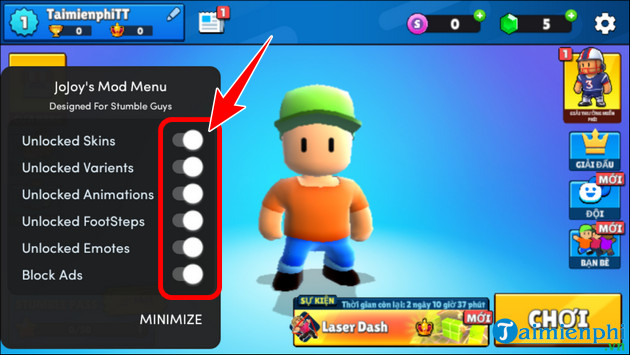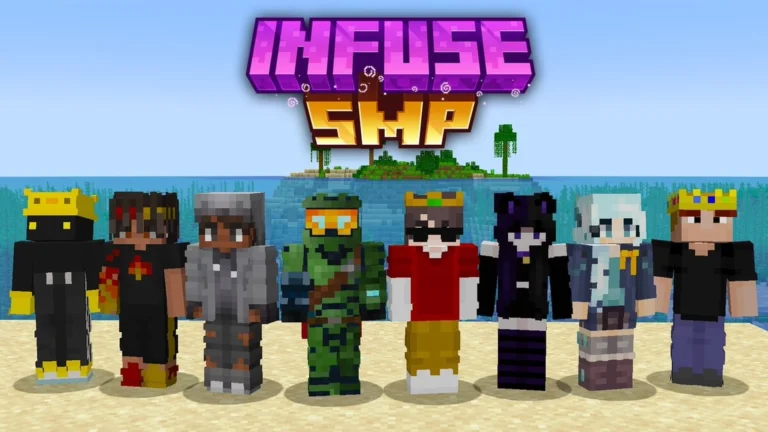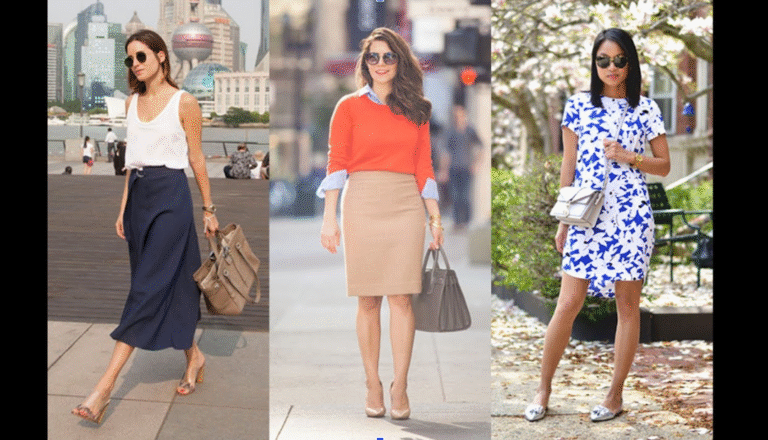
Dread Head Parkour
Introduction to Dread Head Parkour
Parkour has always been about self-expression, pushing boundaries, and using movement to explore one’s environment in ways most people would never even imagine. Over the years, parkour has evolved into different styles and subcultures, each bringing something new to the table. One of the most intriguing developments in recent years is Dread Head Parkour, a blend of bold style, athletic creativity, and cultural identity.
At its core, Dread Head Parkour is not simply about dreadlocks or a hairstyle—it’s a mindset. The term often refers to freerunners and traceurs who embrace dreadlocks as part of their unique look, combining this visual identity with a strong passion for the art of movement. However, it’s also evolved into more than just appearance. It has become a sub-community within parkour that values individuality, boldness, and raw energy.
The movement challenges stereotypes, both in terms of athleticism and cultural representation. Just like breakdancing, hip-hop, or skateboarding once carried their own style, Dread Head Parkour is showing that even within freerunning, personality and image play a powerful role in shaping a discipline’s identity.
The Origins of Dread Head Parkour
While it’s hard to pinpoint exactly when “Dread Head Parkour” became a recognized term, it appears to have grown out of online communities, YouTube videos, and social media clips where athletes with dreadlocks gained recognition for their incredible freerunning skills. People began associating the hairstyle with fearless moves, explosive jumps, and a more urban, street-inspired take on the discipline.
The early 2000s saw parkour rise globally through documentaries and viral videos. Around the same time, hairstyles like dreadlocks carried cultural and symbolic meaning, often representing rebellion, strength, and individuality. The two naturally fused when certain athletes who rocked dreads started standing out in the freerunning scene. Their moves weren’t just impressive—they carried a whole vibe.
Before long, fans and practitioners began coining the phrase “Dread Head Parkour” to describe this unique flavor of the sport. The name stuck, and now it stands as a symbol of an athlete who combines skill, style, and cultural expression into a single package.
Style Meets Substance: Why Hair Matters in Parkour Culture
To outsiders, hair might seem irrelevant in a sport that’s purely physical, but within subcultures, style has always mattered. Think about skateboarding and how fashion became inseparable from the sport. Similarly, in parkour, appearance often reflects the mindset of the athlete. Dreadlocks, for example, symbolize patience, endurance, and natural growth—qualities that mirror the journey of mastering freerunning.
Many dreadlocked athletes don’t just perform parkour; they embody it with every aspect of their lifestyle. From baggy streetwear and bold colors to the rhythm of hip-hop or reggae beats in their training videos, there’s a deliberate attempt to stand out. Dread Head Parkour is essentially saying: “I’m not just doing flips and vaults. I’m making a statement while I do it.”
Moreover, having a distinct look makes it easier for athletes to brand themselves online. In the era of Instagram reels and TikTok, recognition matters. A parkour athlete with unique hair and unforgettable moves can go viral in seconds. The dreadlocks become part of the athlete’s identity, much like a logo.
The Physical and Mental Demands of Dread Head Parkour
Despite the stylish image, make no mistake—Dread Head Parkour requires insane levels of physical fitness and mental resilience. Just like traditional parkour, practitioners must master the fundamentals: vaults, wall runs, flips, and precision jumps. But what sets this style apart is its often urban, freestyle approach, where creativity plays as big a role as technical skill.
Athletes in this space tend to push boundaries by attempting bolder tricks and adding more flair to their moves. That could mean incorporating dance-like elements, flipping with extra twists, or blending martial arts-inspired kicks into a freerunning flow. All of this requires not just strength but confidence.
The mental side of Dread Head Parkour is equally intense. Practitioners often train in public urban environments—rooftops, abandoned buildings, and busy cityscapes. Performing in front of crowds or filming in daring spots adds pressure, but it also fuels the adrenaline. In many ways, the dreadlocked identity contributes to a fearless persona, making the athlete seem larger than life.
Social Media and the Spread of the Movement
Without platforms like YouTube, Instagram, and TikTok, it’s doubtful Dread Head Parkour would have gained traction as quickly as it has. Videos of athletes with dreads flying through the air, sticking landings, and performing insane stunts naturally attract attention. These clips stand out not just because of the athleticism, but because of the personality attached to them.
Influencers in the parkour space often use their appearance as a way to differentiate themselves. Just as skaters used graffiti, custom boards, and unique clothing to separate from the crowd, freerunners with dreads bring visual distinction to their brand. Hashtags like #DreadHeadParkour have helped solidify the term online, making it easier for fans to find and follow athletes who identify with the style.
Another factor is community-building. Many dreadlocked freerunners inspire others with similar backgrounds to take up the sport, creating a sense of belonging. For young athletes who want to see themselves represented in extreme sports, these figures serve as role models.
Breaking Stereotypes Through Parkour
One of the most powerful aspects of Dread Head Parkour is the way it challenges stereotypes. Dreadlocks have often been stigmatized in mainstream culture, associated with laziness or non-professionalism. But when you see a dreadlocked athlete launching themselves across rooftops, executing precision jumps, and training with discipline, those stereotypes quickly shatter.
Instead, dreadlocks in this context become a badge of resilience and strength. They’re a reminder that personal style and athleticism can coexist. In fact, they highlight the idea that parkour is not about conforming to a standard—it’s about freedom. The same way the movement itself is about overcoming obstacles, the cultural statement behind Dread Head Parkour is about overcoming prejudice.
This makes the subculture more than just a style—it becomes a form of activism. By putting dreadlocks in the spotlight within such a demanding sport, athletes are redefining what power, agility, and professionalism look like.
Training Approaches Unique to the Style
While Dread Head Parkour shares the same technical training as general freerunning, there are subtle differences in how athletes approach it. Many practitioners emphasize rhythm and flow, often syncing movements to music during training sessions. This creates a fusion of parkour with dance and hip-hop culture.
Additionally, the training environments often lean toward the raw and urban. You’re more likely to see Dread Head Parkour athletes flipping off graffiti-covered walls, vaulting fences in street alleys, or practicing rooftop sprints in city neighborhoods. The grit of the environment becomes part of the aesthetic, and the dreadlocks emphasize the untamed, free-spirited vibe.
Some even adapt their workouts to include cultural practices—yoga, martial arts, or dance—all of which contribute to flexibility and agility. The training is holistic, designed not just to perform tricks but to cultivate a lifestyle of movement and expression.
The Global Appeal of Dread Head Parkour
Though it may have started as a niche term, Dread Head Parkour has gained international recognition. Athletes in the U.S., Europe, and parts of Africa have embraced the look and style, showcasing their moves online and building communities. This global spread is fueled by both cultural pride and admiration for the fearless aesthetic.
In countries where dreadlocks already hold strong cultural or spiritual meaning, the fusion with parkour feels natural. It’s not just about looking cool; it’s about carrying forward a legacy of strength and endurance into a modern, athletic art form. Fans around the world connect with that energy, making it a cross-cultural phenomenon.
Criticisms and Misunderstandings
Like any subculture, Dread Head Parkour isn’t without its critics. Some argue that the term reduces athletes to a hairstyle, ignoring their skills. Others worry it may stereotype or pigeonhole dreadlocked athletes, making their identity more about looks than movement.
There’s also the issue of appropriation—since dreadlocks carry cultural and sometimes spiritual significance, not everyone feels comfortable with them being turned into a style trend. This debate mirrors larger discussions in fashion and sports about cultural representation.
However, many practitioners push back by saying that parkour itself is about freedom and breaking boundaries. To them, Dread Head Parkour is not appropriation but celebration. It’s about owning your individuality, expressing yourself authentically, and inspiring others to do the same.
The Future of Dread Head Parkour
Looking ahead, it’s clear that Dread Head Parkour is only going to grow. With social media algorithms favoring bold, eye-catching content, athletes who combine style with skill will continue to thrive. We’ll likely see more branded sponsorships, professional events, and collaborations with music and fashion industries.
There’s also potential for the movement to expand into formal communities—training groups, YouTube channels, or even gyms dedicated to the style. Workshops could emerge, teaching not just flips and vaults but also the lifestyle philosophy behind Dread Head Parkour.
Ultimately, the subculture proves that parkour is not static—it evolves with the people who practice it. Dread Head Parkour is the latest example of how individuality can shape a global sport.
Conclusion
Dread Head Parkour isn’t just a hairstyle trend tied to freerunning. It’s a subculture that celebrates individuality, challenges stereotypes, and brings new energy to one of the world’s most dynamic athletic disciplines. By merging style, skill, and cultural expression, it has carved out its own identity within the parkour community.





